Harmonic Analysis is the understanding of the functional sequence of chords. It is the process used to analyze the harmonic structure of a progression, song or composition. This analysis is then used to make scale selections for improvisation and chord substitution.
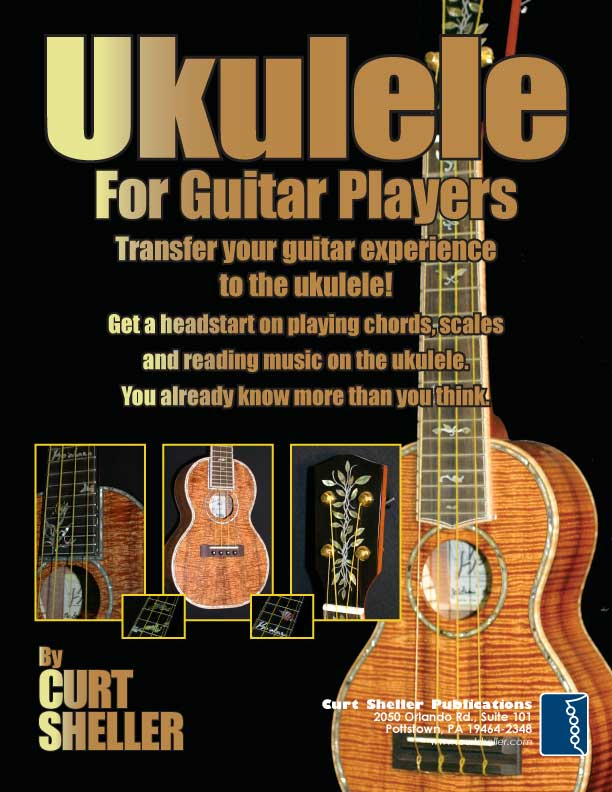
"You already know more than you think!" A guide to transferring the accumulated experience and knowledge gained as a guitar player to the ukulele. Covers chords, scales, reading and the three most common ukulele tunings.
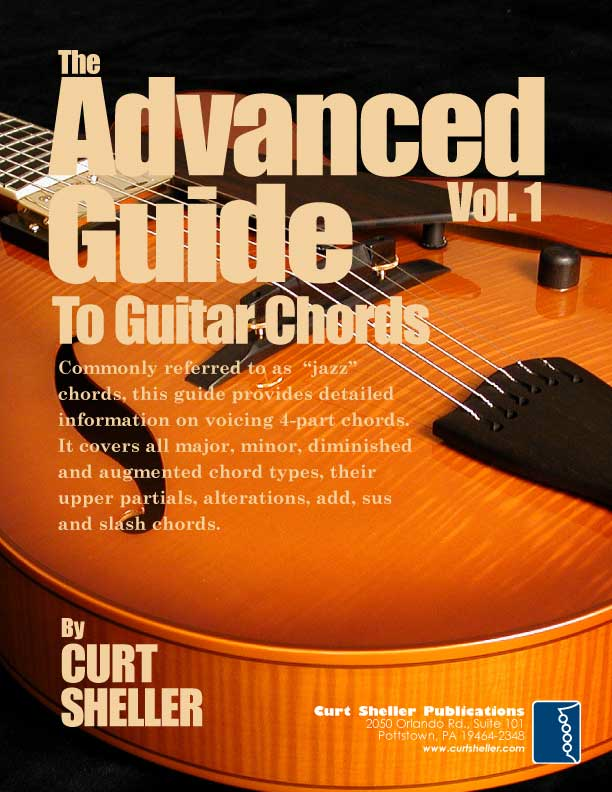
Commonly referred to as jazz chords, this book provides detailed information on voicing 4-part chords. Covers common string families. Beyond learning open and barre chords, most guitarists struggle with advanced chords. Commonly called "Jazz" chords, these more sophisticated voicings find a wide use in all forms of music.
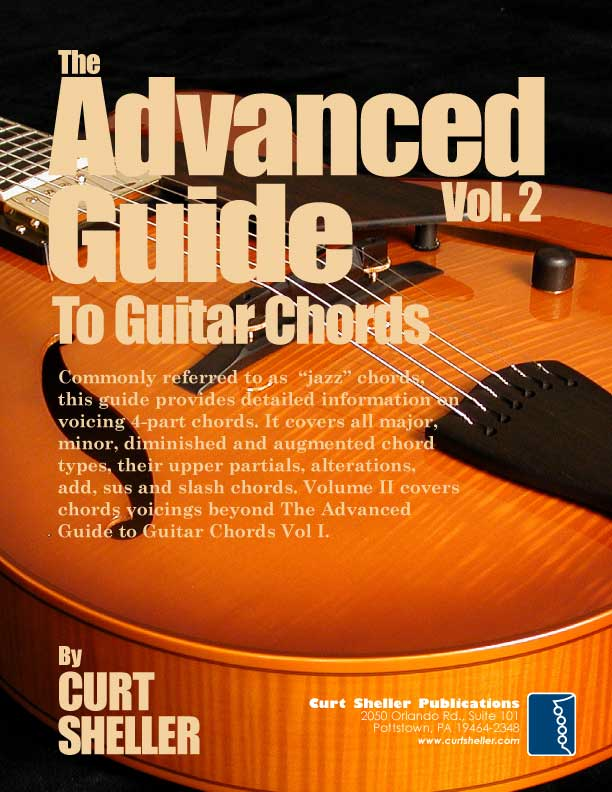
Commonly referred to as "Jazz" chords, this book provides detailed information on voicing 4-part chords. Cover string families not in volume 1. Beyond learning open and barre chords, most guitarists struggle with advanced chords. Commonly called "Jazz" chords, these more sophisticated voicings find a wide use in all forms of music.
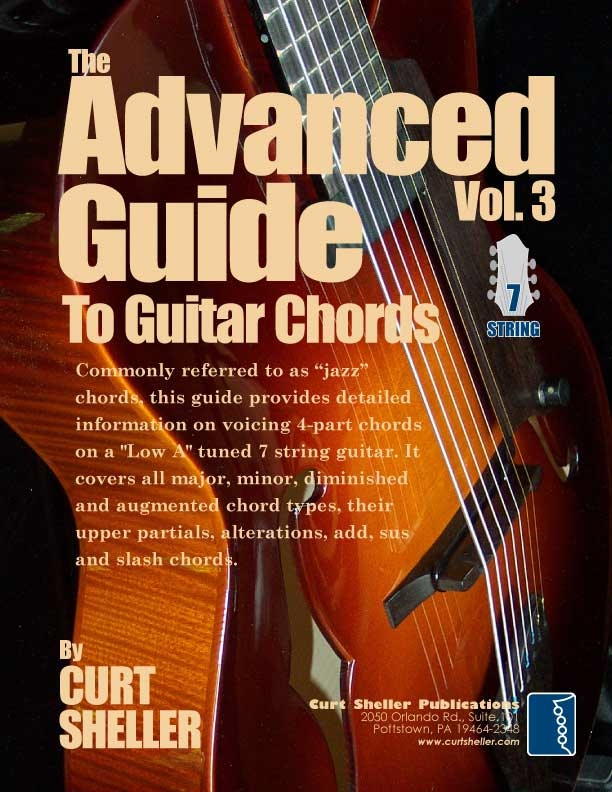
Commonly referred to as jazz chords, this book provides detailed information on voicing 4-part chords. Covers severn string guitar with a low A. Beyond learning open and barre chords, most guitarists struggle with advanced chords. Commonly called "Jazz" chords, these more sophisticated voicings find a wide use in all forms of music.
Results: 35


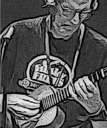
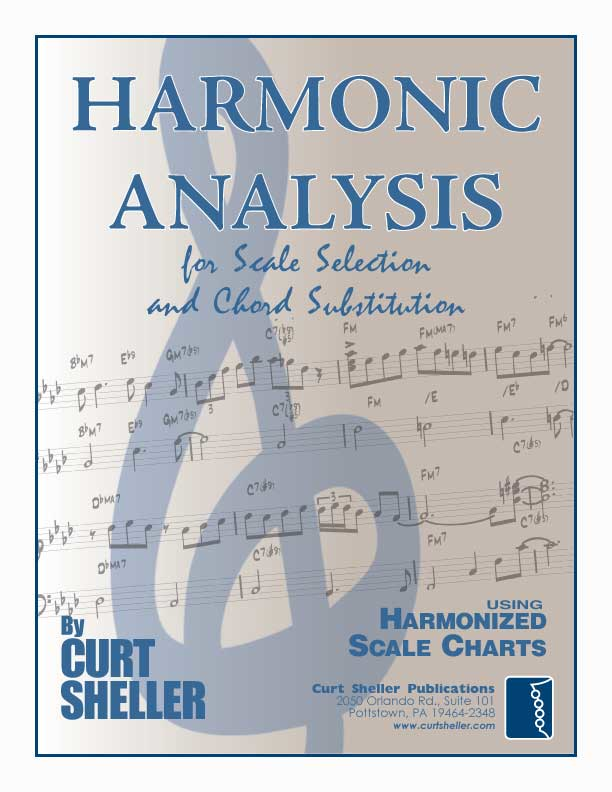
.jpg)